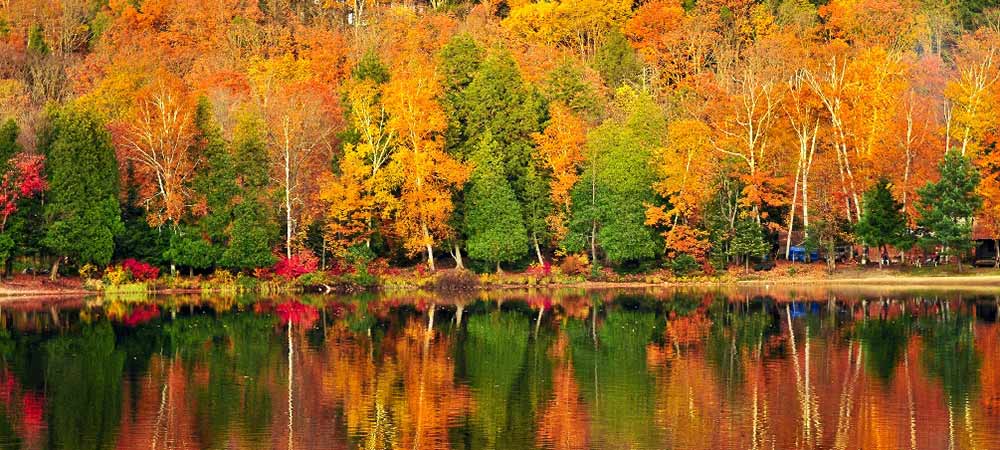
The question is stunning, isn’t it: What happens when we die? Do emotions, thoughts and memories we’ve gathered all these years suddenly grind to a rude halt? On reading this month’s prompt, I thought the editor intended articles about bidding farewell to loved ones without anguish or guilt. On second thought, I realized he could mean coming to grips with our own death. I began contemplating my future passage. The question of the moment for me became, “How can I die in a peaceful, loving frame of mind, without attachment, regret or fear?
I have often considered what the transition will be like. All that is not love is fear; all that is not fear is love. How can I stay with the emotion of love and avoid the abyss of fear while contemplating the end of Janet Red Feather? What will there be to hold onto in the giant sea of consciousness when the driftwood of me ceases to exist? Just who is this “me,” anyway?
If personal identity is illusory, tied to a matrix — there as merely a kind of “convenience of consciousness” to keep chaos at bay — then what is left behind on passing? If I am truly spiritual, how can I be concerned for even a second that I would not be safe?
All I have to do is look within nature. Every year, leaves go out in a blaze of glory. At the very moment they approach the brink of lifelessness, there are hundreds of shades going on in the groves of trees: peach, burnt orange, gold, flamingo and vermillion. Within a matter of weeks, ultimately sepia, burnt sienna, raw sienna, tan, beige and burnt umber predominate. The trees — the stately, wise, glorious, persistent trees — seem to know that passage into winter is cause for celebration. They sing their vibrant color of symphony, even in the face of deadly winds stripping them of their glorious foliage, leaving them exposed to the unknown storms that lie ahead.
For all of nature, the advent of dormancy or death is party time. Squirrels scamper wildly, celebrating the change in a stockpiling frenzy. Birds continue feathering their nests. Bears stuff themselves with fish, berries and roots until they’re bushy and portly. They’ll enter caves and roll over in their lavish fur for a good, long meditative dream state. For humans, our presumably awesome power of mind is, in this case, very much in the way. If we were more intuitive, like the beloved “beasts,” we might have an easier time of it.
The other facet on our turning crystal is the recognition of just how small and dense we really are. When we look up at the night sky and remember the stars from which we came, death looks very different. It’s just a word — one that’s become loaded with negative affective connotations.
There is no birth, no death; there is only transformation. On our journey back to rejoin Everything That Is, we have so far to go. Death is part and parcel of a very much larger, ongoing journey. The Buddha didn’t panic over the notion of physical death. Initially, the idea was new to Prince Siddhartha. Under the Bodhi Tree, he became enlightened and taught himself a path for accepting the great change. From the Buddha, we see that through meditation, we can raise our frequency higher. This sets our chakra wheels of light spinning fast enough to travel to the next place.
We need to change the story. Death should be something we look forward to rather than fear. In the spiritual way of life I learned from Cedric Red Feather, Sam Little Owl, and the Wanagis — the Ghost Nation, death is not fearful. As Cedric has frequently expressed it to me, “We do not fear death; in fact, we embrace it. When we fast, we say we are making our grave.”
Once a person allows the false personality to die, the authentic self is free to live. Practice dying every moment. Only in constantly letting go can we truly begin to live fully.









